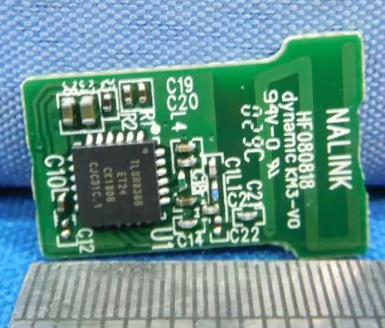Batman is a compelling superhero for enough reasons that he’s been a cultural force for the better part of a century. His story has complex characters, interesting explorations of morality, iconic villains, and of course a human superhero who gets his powers from ingenuity instead of a fantastical magical force. There are a number features of the Batman universe that don’t translate well to the real world, though, such as a costume that would likely be a hindrance in fights, technology that violates the laws of physics, and a billionaire that cares about regular people, but surprisingly enough his legendary Batwing jet airplane actually seems like it might be able to fly.
While this is admittedly a model plane, it flies surprisingly well for its nontraditional shape. [hotlapkyle] crafted it using mostly 3D printed parts, and although it took a few tries to get it working to his standards, now shoots through the air quite well. It uses an internal electric ducted fan (EDF) to get a high amount of thrust, and has elevons for control. There are two small vertical stabilizer fins which not only complete the look, but allow the Batwing to take to the skies without the need for a flight controller.
Not only is the build process documented in the video linked below with some interesting tips about building RC aircraft in general, but the STL files for this specific build are available for anyone wanting to duplicate the build or expand on it. There are plenty of other interesting 3D-printed models on [hotlapkyle]’s page as well that push the envelope of model aircraft. For some other niche RC aircraft designs we’ve seen in the past be sure to check out this F-35 model that can hover or this tilt-rotor Osprey proof-of-concept.



















